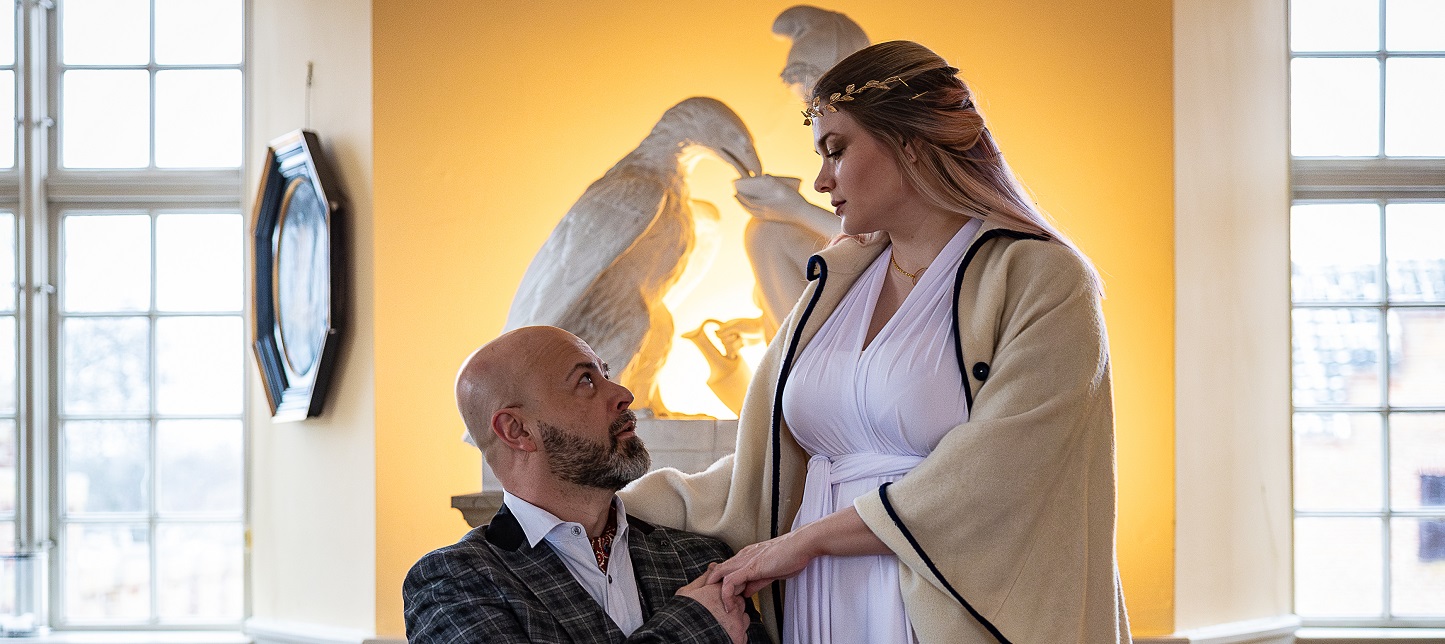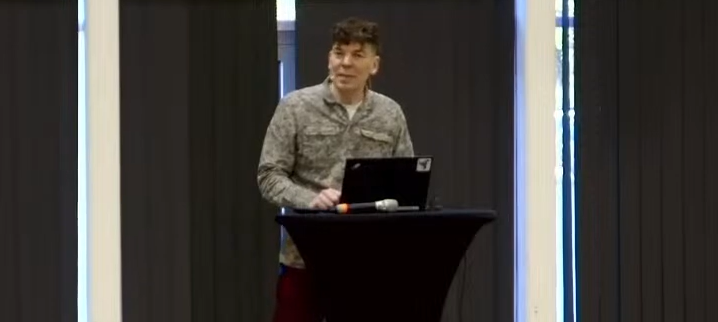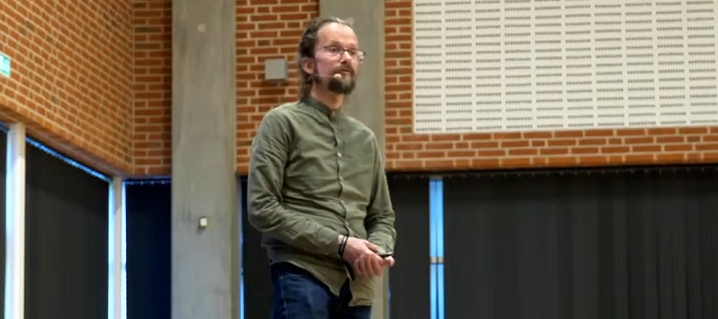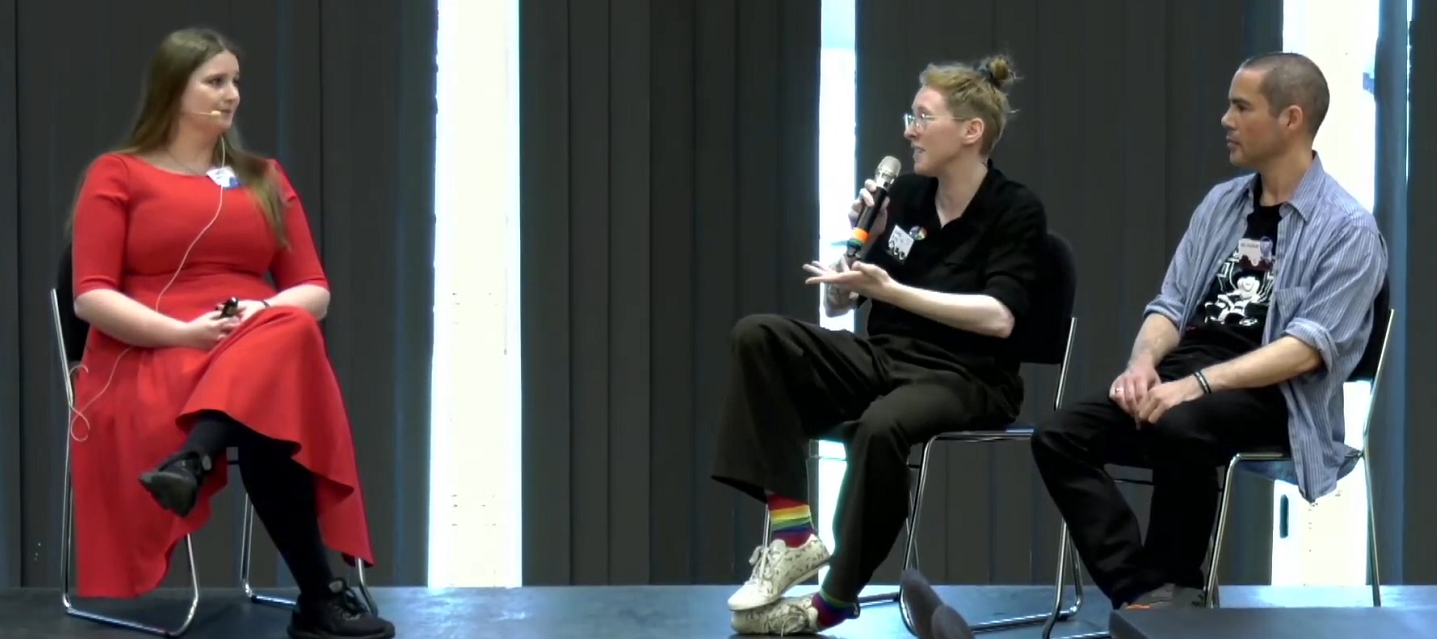Tag: Featured
-

This Larp Sucked – and Everyone Should Get to Read About It
in
Larp needs more player feedback – and it doesn’t need to be art critique.
-

Helicon: An Epic Larp about Love, Beauty, and Brutality
Ritual play in which group of artists, leaders, and scientists bind the Muses of antiquity to their will.
-

Odysseus A Retrospective (2019)
This article discusses the author’s experience of participating in the 2019 run of the Finnish larp Odysseus.
-

An Introvert’s Guide to Playing High Status Characters
in
How to play big commanding character types – my collection of tips and tricks that I have accrued over 20+ years of larping.
-

Listen 2 Your Heart Season 8: An Unexpectedly Bleedy Experiment
Reflections on an online larp adaptation of the popular Netflix dating series Love is Blind.
-

Jaakko Stenros: Retrospective: Documentation, Community, and Research
in
In the Knutepunkt scene there is a history of larp designers and producers giving retrospectives, where they discuss all of their work. In this talk, here presented in two parts, Dr Stenros takes that format and expands it to other aspects of the community. He gives an overview of the work he has done around
-

Elements of Larp Design
in
What is it larp designers actually design? How do players actually respond to design decisions? Are there any truths that apply to all the different kinds of larp design? Eirik Fatland presents his unpublished yet influential mid-level theory.
-

Bringing Larp to the Larpers
Katrine Wind has worked with local producers to re-run Daemon in different countries. In this presentation she shares her experiences together with some of the collaborators: Sandy Bailly who is the producer of the Belgian run and Mo Holkar who is the safety person.
-

A Trip Beyond the House of Craving
Larp is sometimes thought of as a consensual hallucination, and this one was more hallucinogenic than most.
